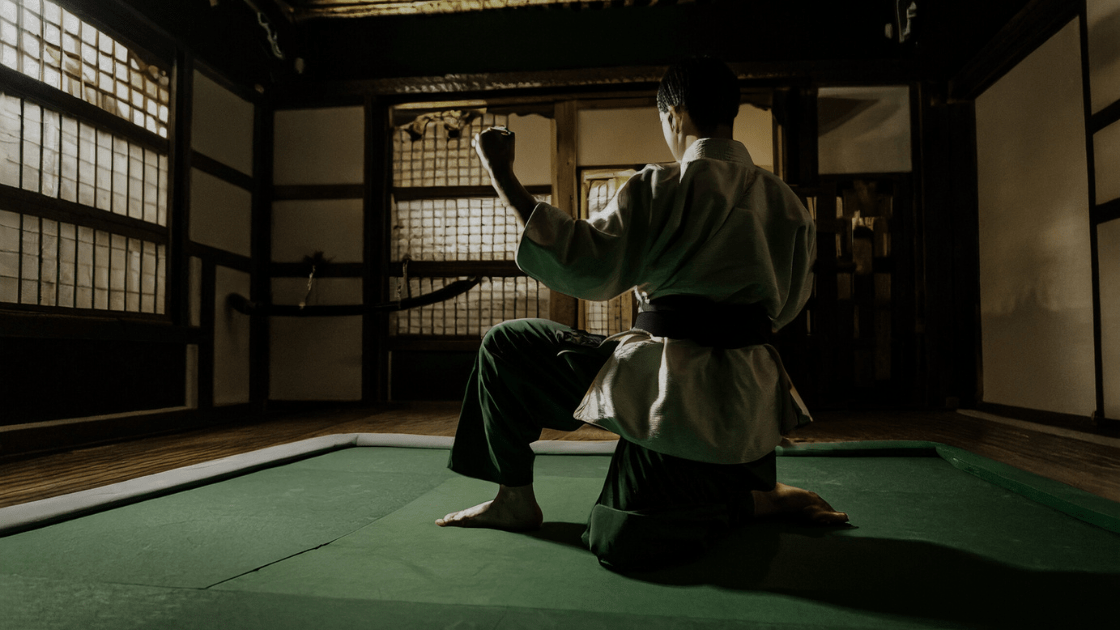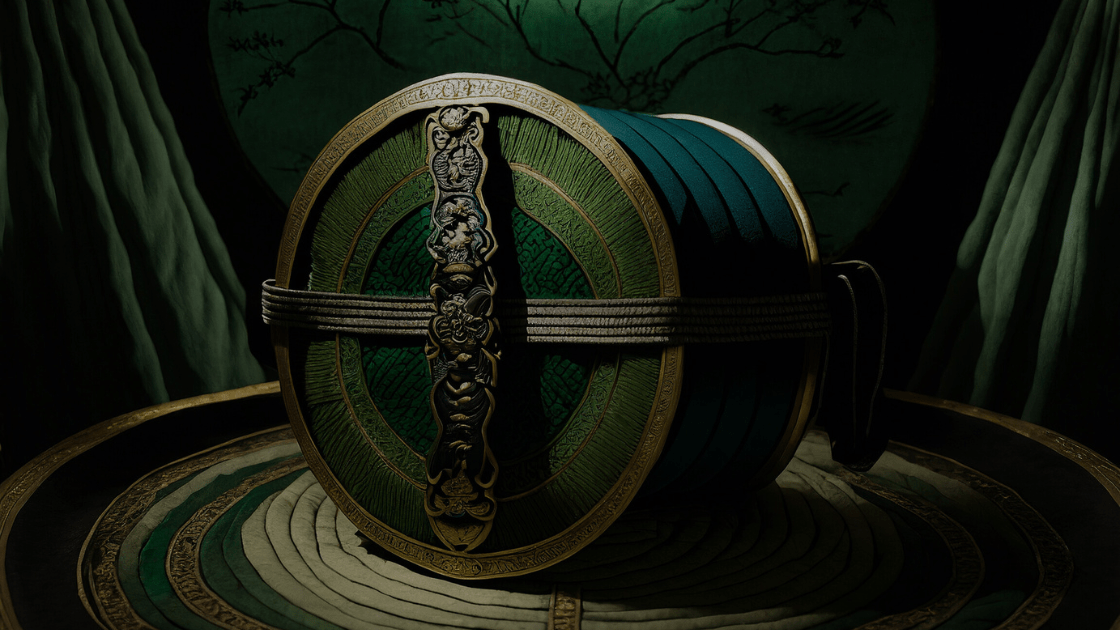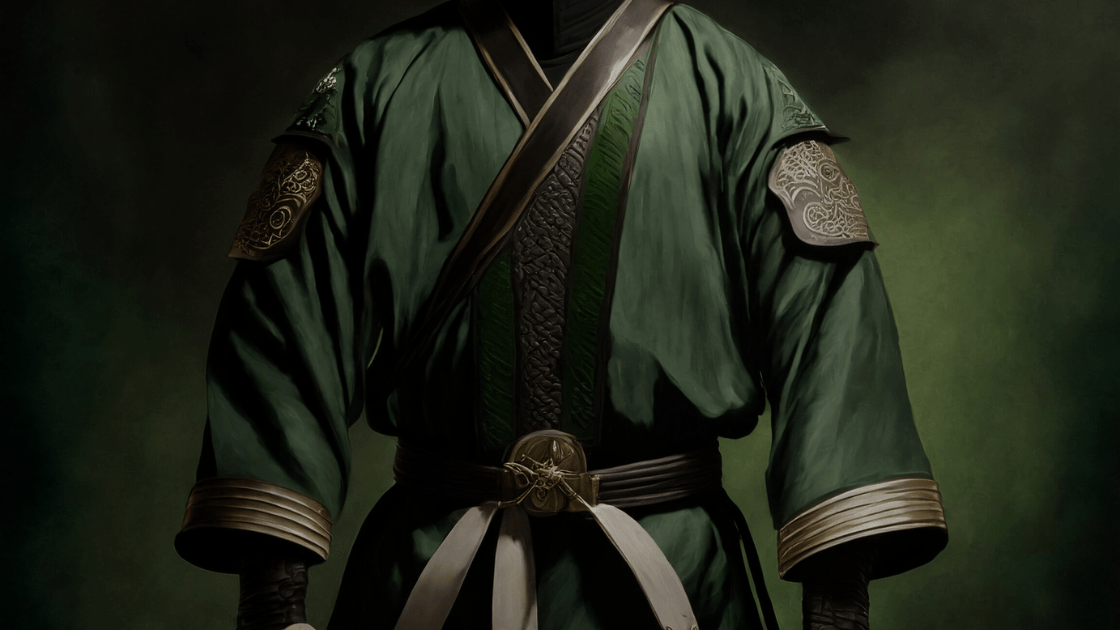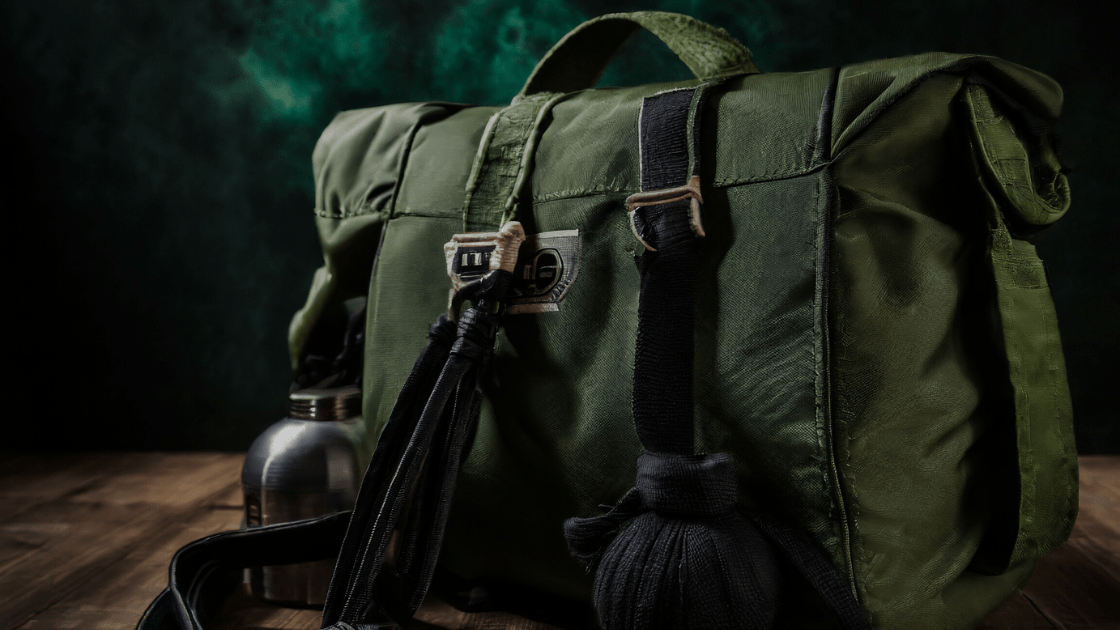Introduction
Martial arts is not just about physical prowess; it is a discipline that extends to every aspect of a practitioner’s life. Central to this discipline is the observance of martial arts etiquette, a set of unwritten rules that govern behavior and interactions within the dojo.
In this comprehensive guide, we delve into the significance of martial arts etiquette and explore the do’s and don’ts that contribute to a respectful and harmonious training environment.
Bow with Respect
Bowing In:
-
Stand Tall and Straight:
- Position your feet together and stand upright, showing attentiveness.
-
Gaze Forward:
- Maintain eye contact with the front of the dojo, expressing focus.
-
Gassho (Palms Together):
- Bring your hands together in front of your chest in a gassho position, symbolizing respect.
-
Bend at the Waist:
- Incline your upper body forward, maintaining a straight back.
Bowing Out:
-
Gassho:
- Repeat the gassho gesture to express gratitude and respect.
-
Pause in Seiza (Kneeling):
- Take a moment of reflection, showing appreciation for the training.
-
Exit Calmly:
- Stand up and exit the dojo quietly, maintaining the focus cultivated during training.
The Symbolic Meaning Behind the Bow
Bowing is a symbolic act that transcends words. It signifies humility, respect, and the acknowledgment of a shared journey within the martial arts community. The bow is a silent pledge to uphold the values of the dojo and to approach training with an open mind.
Communication on the Mat
Effective communication is the backbone of any community, and the dojo is no exception. Understanding the proper protocols for addressing instructors and fellow practitioners fosters an environment of mutual respect.
Addressing Instructors:
-
Use Proper Titles:
- Refer to instructors with their appropriate titles (sensei, sah-bum-nim, etc.).
-
Wait for Permission:
- Before approaching an instructor, wait for acknowledgment or permission.
-
Express Gratitude:
- Thank instructors at the end of each session, showing appreciation for their guidance.
Interacting with Fellow Practitioners:
-
Use Proper Titles or Names:
- Address fellow practitioners with their preferred titles or names.
-
Maintain Eye Contact:
- Demonstrate attentiveness by maintaining eye contact during conversations.
-
Be Open to Learning:
- Approach interactions with a willingness to learn from others’ experiences.
The Importance of Clear and Respectful Communication
Clear communication is vital for the seamless flow of instruction and collaboration within the dojo. It minimizes misunderstandings and contributes to a positive learning environment.
Respectful communication is not only about the words spoken but also about the tone and body language that accompany them.
Hygiene and Uniform Maintenance
Hygiene is a fundamental aspect of martial arts etiquette. A clean body and uniform not only contribute to a healthy training environment but also reflect an individual’s commitment to the discipline.
Personal Hygiene:
-
Shower Before Training:
- Maintain personal cleanliness to ensure a hygienic training environment.
-
Trim Nails:
- Keep nails short to avoid accidental scratches during training.
-
Avoid Strong Scents:
- Refrain from using strong perfumes or colognes to respect others’ sensitivities.
Uniform Maintenance:
-
Wash Uniform Regularly:
- Cleanse the uniform after each training session to prevent odor and bacteria buildup.
-
Mend Tears and Rips:
- Promptly repair any damages to the uniform to uphold a neat appearance.
-
Respect the Belt:
- Treat the belt with reverence, avoiding unnecessary washes to preserve its symbolic significance.
Handling Mistakes
Mistakes are inevitable in the learning process, and martial arts is no exception. How one handles mistakes is a testament to their character and commitment to improvement.
Acceptance and Reflection:
-
Acknowledge Mistakes:
- Embrace the fact that everyone makes mistakes; it’s a natural part of the learning journey.
-
Reflect on the Lesson:
- Analyze the mistake to understand its root cause and the lesson it carries.
Seeking Guidance:
-
Consult Instructors:
- Don’t hesitate to seek guidance from instructors for clarification on techniques or strategies.
-
Peer Collaboration:
- Engage with fellow practitioners to learn from their experiences and insights.
The Role of Humility in Martial Arts
Humility is a cornerstone of martial arts philosophy. Recognizing one’s imperfections and embracing a humble attitude is the pathway to continuous growth.
-
Openness to Learning:
- Approach every training session with the mindset of a perpetual student, always open to learning.
-
Respect for All Levels:
- Show equal respect to practitioners of all levels, recognizing that everyone is on their unique journey.



